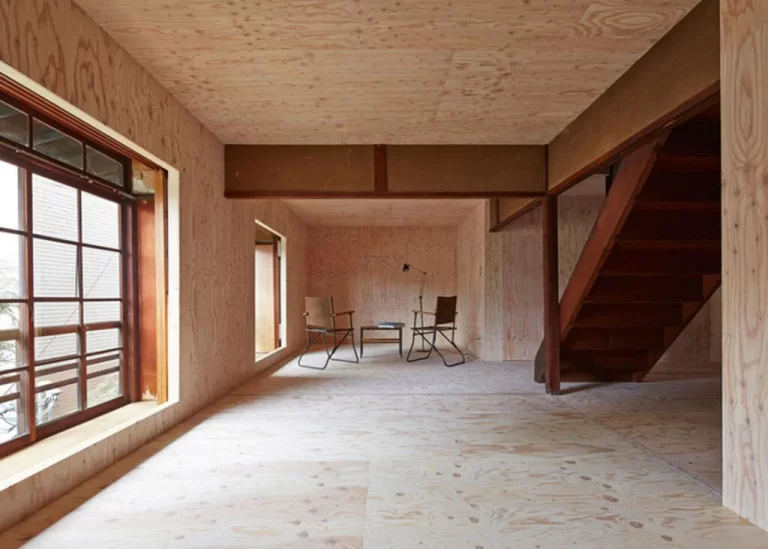Load-Bearing Wall: Understanding Its Role on Home Construction
The heart of a building structure lies within its walls. In this framework, one particular type of wall often stands above the rest in terms of its fundamental importance – the load-bearing wall.
These walls are integral to any building, offering strength, resilience, and providing a crucial support system that ensures the building’s longevity. This article will delve into the fascinating world of load-bearing walls, discussing their purpose, identifying features, and importance in the overall structure of a building.
What is a Load-Bearing Wall?
A load-bearing wall, as the name implies, bears the weight or load from the building’s upper structures and transfers it down to the foundation. From residential houses to skyscrapers, these walls are quintessential elements that architects and engineers incorporate during the design phase.
Identifying Load-Bearing Walls
Key identifiers of a load-bearing wall include its position, thickness, and construction material. Typically, they are located centrally or distributed evenly to balance the weight. However, a surefire way to identify them is through structural blueprints or seeking professional advice.
Materials and Construction of Load-Bearing Walls
These walls often go beyond the superficial veneer of aesthetics. They are meticulously crafted from robust materials like concrete, brick, or stone, designed to withstand substantial pressure over extended periods. Understanding this principle is crucial when planning home renovations or additions, as altering or removing these walls without proper guidance can lead to significant structural issues.
Versatility: Internal Load-Bearing Walls
A significant aspect of load-bearing walls lies in their versatility. They are not confined solely to the external perimeter of a building. Internal load-bearing walls, also known as partition walls, equally play a pivotal role in distributing weight across the structure. They serve as pillars, supporting upper floors and roofs, thereby contributing to the building’s overall strength and stability.
Load-Bearing Walls and Structural Integrity
The role of a load-bearing wall in maintaining structural integrity cannot be understated. These walls are the cornerstone of a building’s strength and durability. An incorrect alteration to a load-bearing wall can lead to catastrophic consequences such as structural failure, sagging floors, cracked walls, and in extreme cases, building collapse.
Considering Load-Bearing Walls in Home Renovations
Considering this, it’s imperative for homeowners planning renovations to identify and respect these walls. While it might be tempting to tear down a wall for an open floor plan, careful planning and consultation with a structural engineer are paramount. The potential risk of interfering with load-bearing walls without professional guidance is just too great.
Load-Bearing Walls in New Home Construction
On the other hand, if you’re in the process of constructing a new home, incorporating load-bearing walls in the initial design phase can bring many benefits. Their strategic placement can offer increased structural resilience, create space division, and potentially enhance energy efficiency by controlling heat transfer.
How to Determine If a Wall Is Load-Bearing?
Determining whether a wall is load-bearing can be a bit tricky. While some might opt for a DIY approach, consulting a professional or an experienced contractor is always the safest route. A load-bearing wall may be identified by its construction: they’re usually thicker and often align with other walls or columns in the basement or attic. It might also run perpendicular to floor joists. However, these are general rules of thumb and exceptions exist, hence the need for professional advice.
Maintaining the Load-Bearing Walls
Maintaining the integrity of load-bearing walls is paramount. Regular checks for signs of stress, such as cracks or bulges, can help identify potential issues early. If detected, it’s crucial to involve a structural engineer immediately to assess the situation and provide the best course of action. It is not advisable to attempt DIY repairs on these essential walls.
Renovations Involving Load-Bearing Walls
Planning a home renovation? If your plans involve tearing down or modifying walls, identifying the load-bearing ones is a crucial first step. You might require a building permit, and the removal of a load-bearing wall should always involve a structural engineer to ensure safety and the integrity of the building. The wall can usually be replaced with a beam or another form of structural support, but it should always be done under professional supervision.
Load-Bearing Walls: A Significant Role in Earthquake Safety
In areas prone to earthquakes, load-bearing walls play a crucial role in preventing building collapse. A well-designed and constructed load-bearing wall can resist lateral forces, reducing the risk of structural damage during seismic events.
Conclusion: The Unsung Heroes of Architectural Design
Understanding and identifying load-bearing walls, whether they are exterior walls or interior walls, is crucial for the longevity and safety of any structure. These structural elements, differentiated from non-load-bearing walls or temporary walls, are designed to support ceiling joists, floor joists, and the overall floor or roof structure. It’s often the case that an exterior wall or a partition wall carries a significant part of the building’s load-bearing capacity.
Interior walls may also be load-bearing, and identifying these can be as simple as recognizing where the load-bearing wall sits in the load path. A well-distributed load path often signifies a building’s structural integrity, with every internal wall playing a significant role in transferring weight evenly from roof to foundation.
Knowing these factors is vital in ensuring the safe planning and execution of any renovation or remodeling work. By respecting the role of these walls, we ensure the effective transfer of weight down to the foundation, maintaining the building’s stability and strength. So, whether it’s about creating an open floor plan or adding an extension, the secret to a safe and successful project lies in understanding and respecting the fundamental role of load-bearing walls in your home’s architecture.






